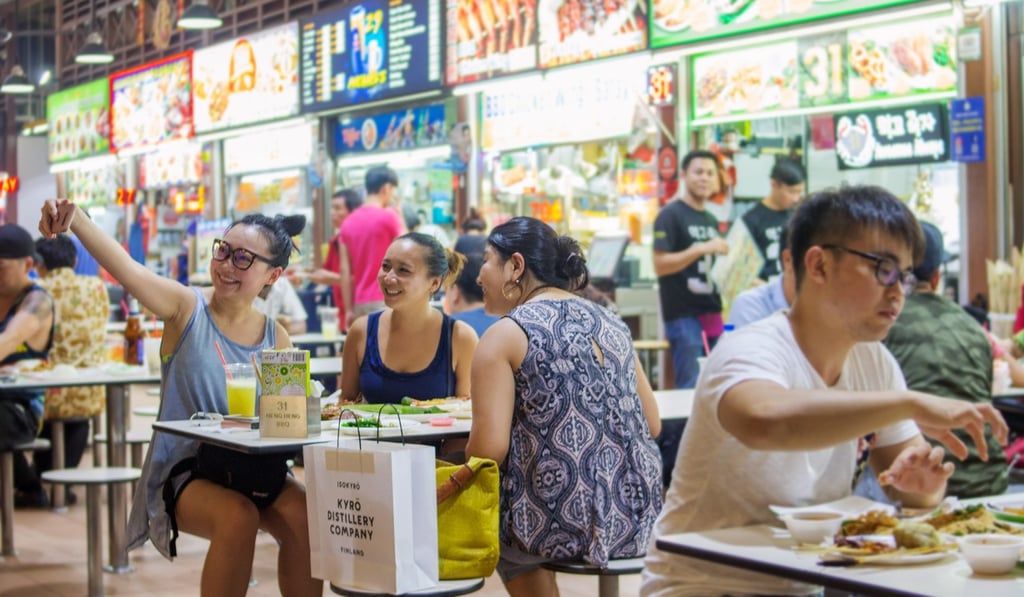Opinion | On race, Singaporeans must open their eyes at home to thrive abroad
- Living in a multicultural environment, Lion City residents have the opportunity ‘to see the world through the eyes of the other’, as corporate employers across the globe increasingly demand
- But to do so, Singaporeans must first become wise to the realities of race in their own backyard

“The essence of racial privilege is that it is not recognised by the privileged themselves, since they assume that how they are treated is normal or standard for everyone, not having experienced anything different.”
But racial privilege is not unique to white countries, and the privilege itself is less about race than about power.

Naturally, for us, “race didn’t matter” (unless you wanted to marry someone of a different race), for we had family and school friends and associates of all races – Chinese, Indian, Malay, Arab, Jewish, “European” (white) and Eurasian, even the occasional Burmese, Thai or Filipino. We were unaware of our own race factoring in our daily lives, and of racial considerations in how we ourselves viewed and treated others.
